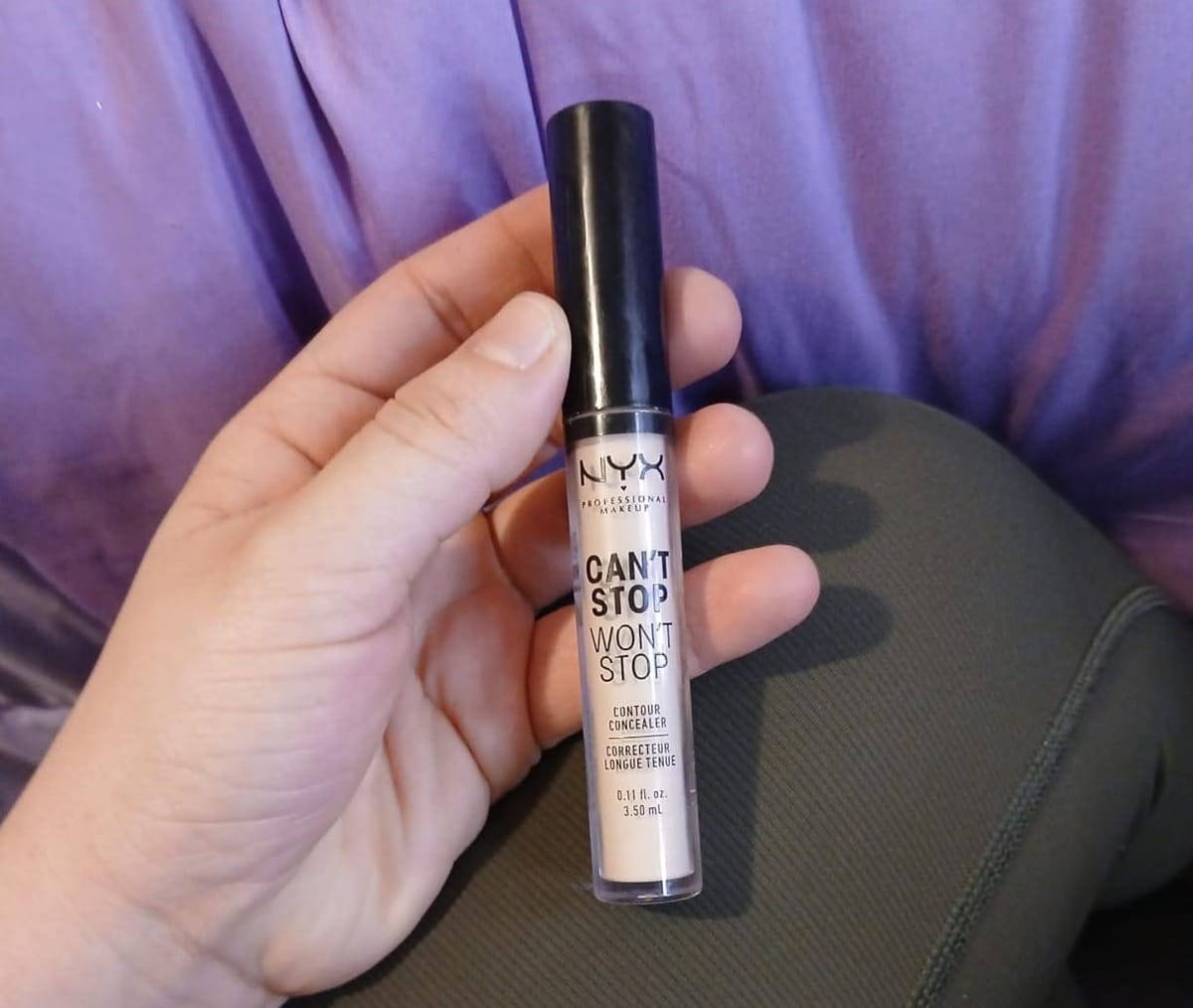Key Takeaways:
- Choosing the right concealer shade and type is crucial for achieving a flawless look.
- Proper application techniques can enhance the effectiveness of concealer in your makeup routine.
- Understanding the different uses of concealer can help address various skin concerns effectively.
Concealer is a powerhouse in the world of makeup, adept at covering blemishes, dark circles, and evening-out skin tones. However, using it correctly requires a bit more knowledge and practice than simply dabbing it on and hoping for the best. This guide will walk you through everything from selecting the right shade to applying it like a pro.
Selecting the Right Concealer
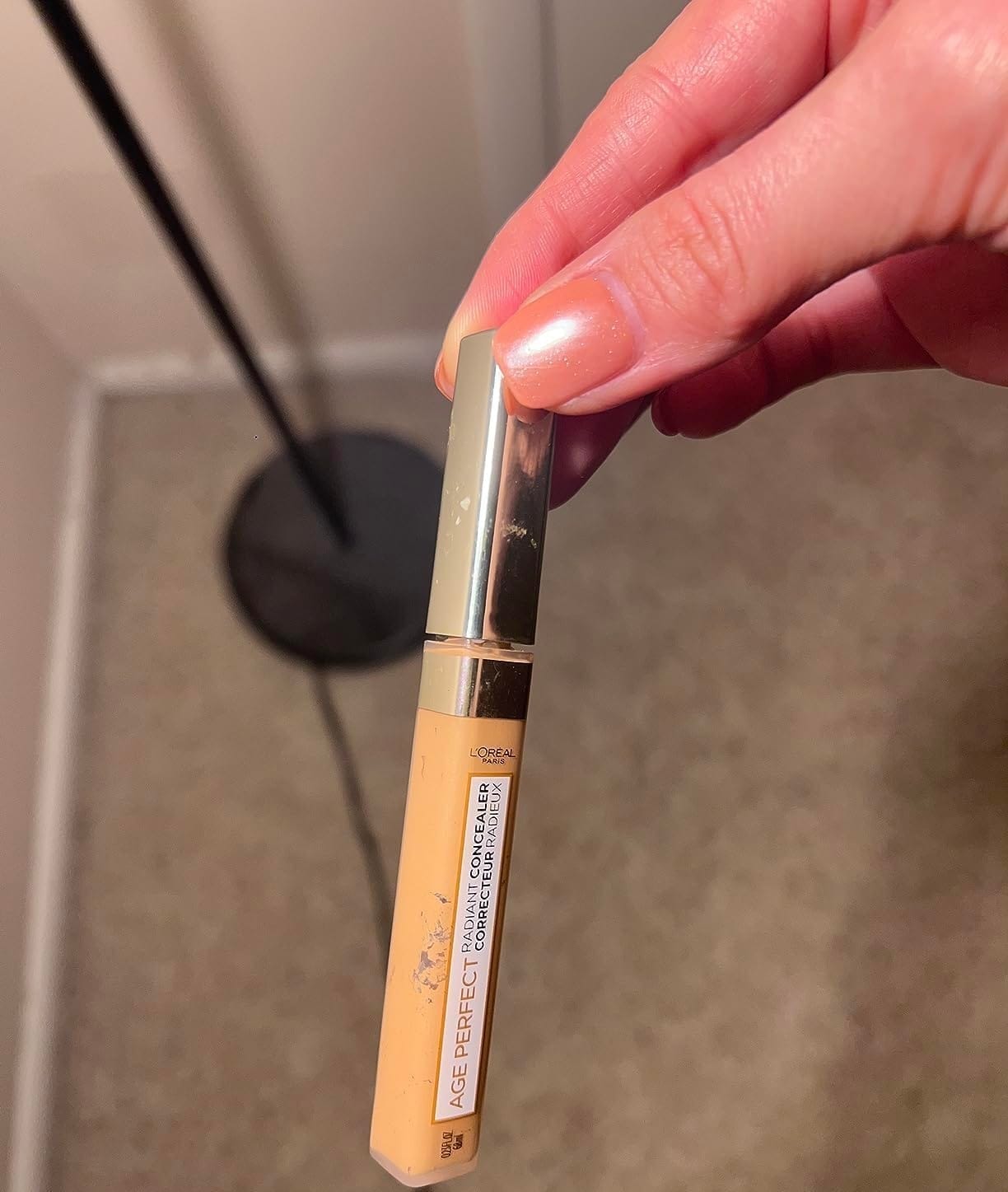
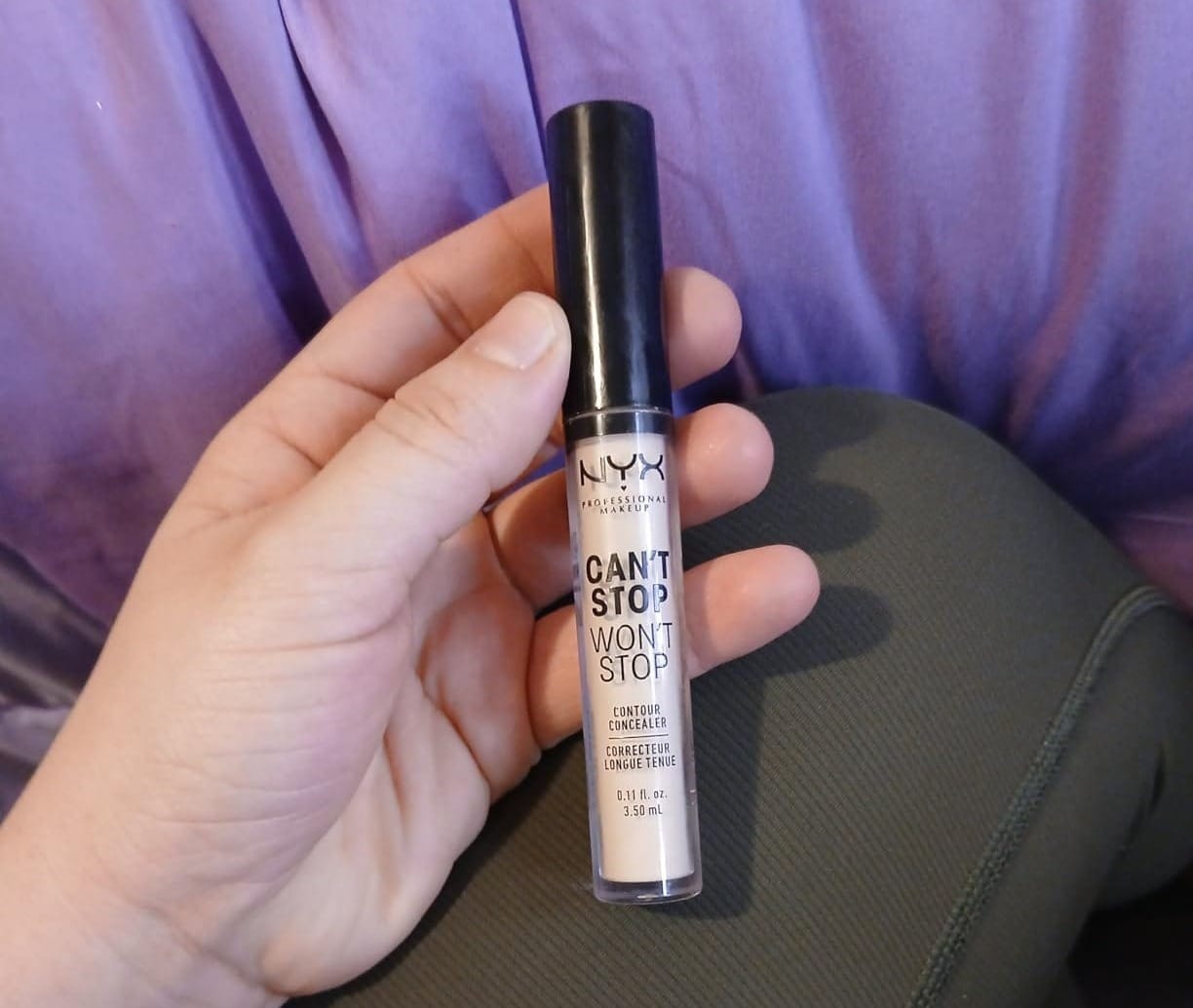
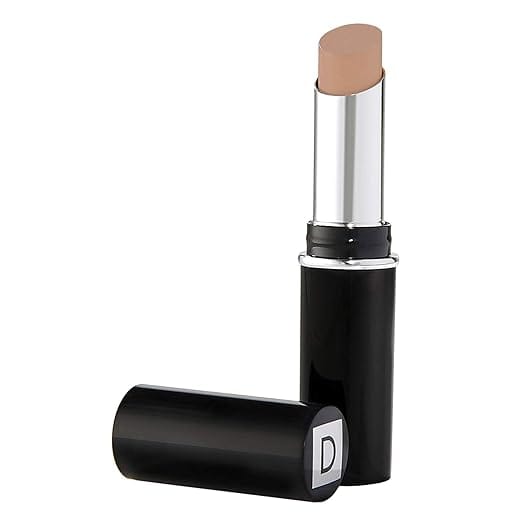
The first step in how to use concealer effectively is choosing the right type and shade. For dark circles, a peach-toned concealer is ideal as it neutralizes the blue or gray undertones. For redness or acne, a green concealer can help counteract the red tones. It's essential to select a shade that matches your skin tone for areas you want to blend seamlessly and go one to two shades lighter for highlighting purposes.
Understanding Different Types of Concealers
Not all concealers are created equal. A full-coverage concealer is best for hiding significant blemishes or dark spots, while a light layer of a more translucent product might be all you need for a natural look. For dry skin, a hydrating concealer infused with hyaluronic acid can prevent caking, whereas those with oily skin might opt for a matte finish product to control shine.
Preparing Your Skin
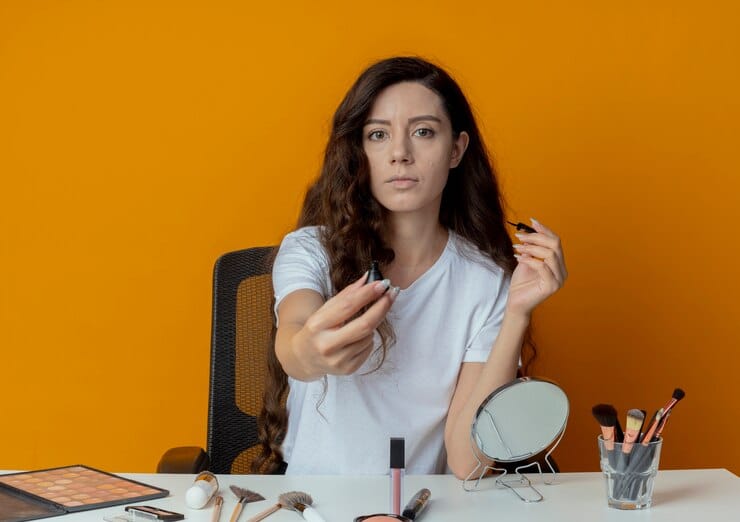
Before you even think about applying concealer, it's crucial to prepare your skin. A good skincare routine, including the use of an eye cream for the under-eye area, can make a significant difference. Applying a makeup primer can smooth out the skin's texture, allowing the concealer to go on more evenly and last longer.
Application Techniques for Under Eye Concealer
When applying under-eye concealer, start with a small amount. Using a damp beauty blender, gently tap the concealer into the skin, starting from the inner corners and moving outward. This method helps to ensure that the product blends well and doesn't settle into fine lines, which is crucial for a natural finish.
Blending for a Flawless Finish
Blending is perhaps the most critical step in applying concealer. Whether you're using a makeup sponge, a brush, or your fingers, the goal is to dab or pat the product into the skin rather than wiping it. This helps maintain the coverage while ensuring that the concealer merges seamlessly with your foundation.
Integrating Concealer with Other Makeup Products
When aiming to achieve a seamless makeup look, understanding how to integrate concealer with other makeup products is crucial. For instance, applying foundation before concealer can create a more even canvas, allowing the concealer to blend smoothly and provide maximum coverage without appearing cakey. Pro makeup artists often suggest using a skin tint or BB cream as a base for lighter, natural-looking coverage, followed by a concealer that matches your natural skin tone to cover any remaining imperfections. This technique ensures that all elements of the face makeup complement each other, enhancing the overall appearance.
Moreover, for eye makeup, a concealer can double as an eyeshadow primer to help intensify the pigment and extend the wear of the eyeshadows. After applying concealer under the eye area, it's beneficial to use it on the eyelids and the outer corners of the eyes to create a uniform base for any color application. This method not only helps in preventing creasing but also makes the eyeshadow blend more effortlessly, contributing to a polished and long-lasting eye makeup look.
Mastering Concealer for Different Skin Types
When it comes to applying concealer for various skin types, understanding the unique needs of each type is crucial. For oily skin, a matte concealer that doesn't clog pores is ideal, while those with dry skin should look for hydrating formulas that offer a dewy finish. This ensures that the concealer blends seamlessly, avoiding the cakey look that can highlight fine lines and wrinkles. It's essential to choose a product that complements your skin's characteristics to achieve a natural, glowing skin appearance.
For sensitive or acne-prone skin, a green color corrector can be a game-changer before applying a layer of concealer. This helps neutralize redness and is typically followed by a concealer that matches the skin tone to cover any remaining discoloration. It's important to use non-comedogenic and hypoallergenic products to prevent skin irritation. Remember, the goal is to enhance your natural beauty by subtly covering imperfections, not masking your face entirely.
Achieving the "No Makeup" Makeup Look with Concealer
The "no makeup" makeup look is all about perfecting the skin without appearing to wear much makeup. Start by selecting a concealer that is a shade lighter than your foundation to brighten the under-eye area and any dark spots. This technique helps to create a fresh, awake appearance, making it seem as though you have naturally flawless skin. The key is to apply concealer strategically in areas that need brightening or evening out, rather than covering the entire face.
To master this look, blend the concealer smoothly into your skin, using tools like a damp beauty sponge or a soft brush. This helps in achieving a more natural, skin-like finish. Setting your concealer with a light dusting of translucent powder will ensure it stays in place without creasing throughout the day. This approach not only conceals imperfections but also enhances your natural beauty, giving you a radiant, youthful glow that looks effortlessly chic.
Choosing the Right Tools for Concealer Application
The tools you choose for applying concealer can significantly affect the outcome of your makeup. A popular choice among celebrity makeup artists is the doe foot applicator, which allows for precise application, especially in the under-eye area and other hard-to-reach spots. This applicator helps in laying down the product gently and is ideal for providing targeted coverage. Following the initial application, using a damp makeup sponge or a small stippling brush can help in blending the concealer into the skin, ensuring there are no harsh lines and that the product melds perfectly with the natural skin tone.
Additionally, for areas requiring more concealer or a deeper shade, such as to cover dark circles or redness around the nose, layering the product with a brush can offer more controlled and buildable coverage. After applying and blending the concealer, setting it with a fine, lightweight setting powder can prevent it from creasing throughout the day. This step is essential for locking the concealer in place and maintaining the skin’s glowing appearance without the need for frequent touch-ups.
Setting Your Concealer
To prevent your concealer from creasing throughout the day setting it with a light dusting of translucent powder is essential. Use a fluffy powder brush to apply the powder in a light, dabbing motion. This step not only locks the concealer in place but also helps to achieve that flawless, airbrushed look.
Concealer as a Highlighter
The concealer can also double as a highlighter. By applying a lighter concealer to the high points of your face, such as the cheekbones, brow bones, and the bridge of the nose, you can create a naturally radiant appearance. This technique is perfect for those aiming for a "no makeup" makeup look.
Addressing Specific Skin Concerns
For those with mature skin, concealer can be used to minimize the appearance of fine lines and give a lifted look to the face. Opt for a creamy formula that provides ample coverage without settling into lines. For sensitive or delicate skin, look for concealers with soothing ingredients that offer coverage without irritation.
Using Color Correctors
Color correcting can be a game-changer in your makeup routine. Green color correctors are excellent for neutralizing redness, while yellow correctors can brighten dull skin tones. These should be applied before your regular concealer to ensure maximum effectiveness in evening out the skin tone.
Tips from Celebrity Makeup Artists
Celebrity makeup artists often use multiple shades of concealer to achieve perfect skin for their clients. They might use a darker shade around the perimeter of the face and a lighter shade in the center to create a subtle contour and highlight, enhancing the natural contours of the face.

Q: How do I choose the right concealer shade?
A: For covering blemishes and evening out skin tone, choose a concealer that matches your skin tone. For highlighting, opt for a shade that is one to two shades lighter than your skin.
Q: Can concealer be used without foundation?
A: Yes, concealer can be used on bare skin for a more natural look or to simply cover specific blemishes or spots without applying full foundation.
Q: How can I prevent my concealer from creasing?
A: Ensure to apply a thin layer of eye cream or primer before applying concealer. After applying, set it with a light dusting of translucent powder to keep it in place without creasing.

Concealer is a versatile tool that, when used correctly, can transform your complexion. Remember to choose the right shade and type for your skin concerns, prepare your skin adequately, and blend well for a natural, flawless finish. With these tips, you're well on your way to mastering the art of concealer.
